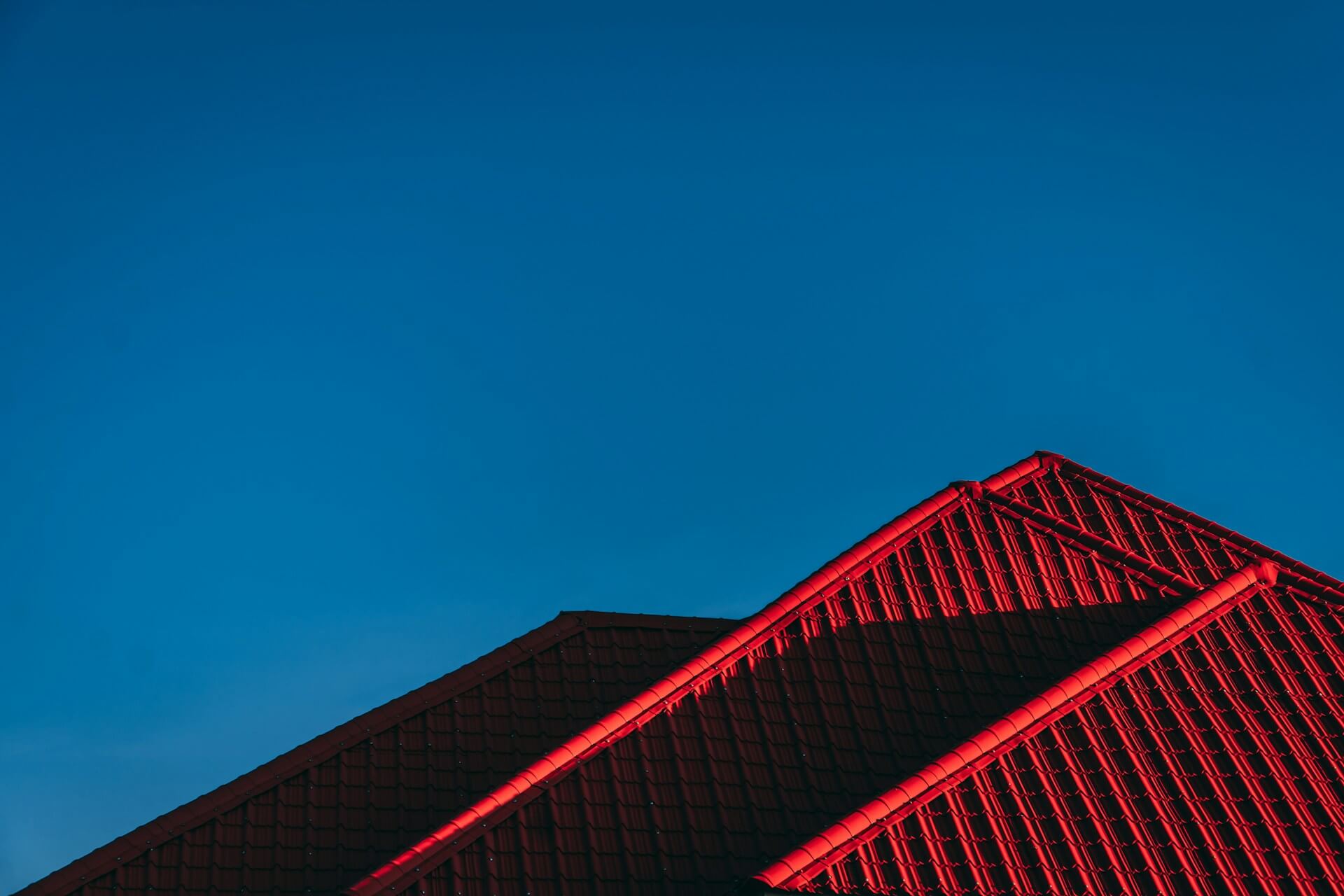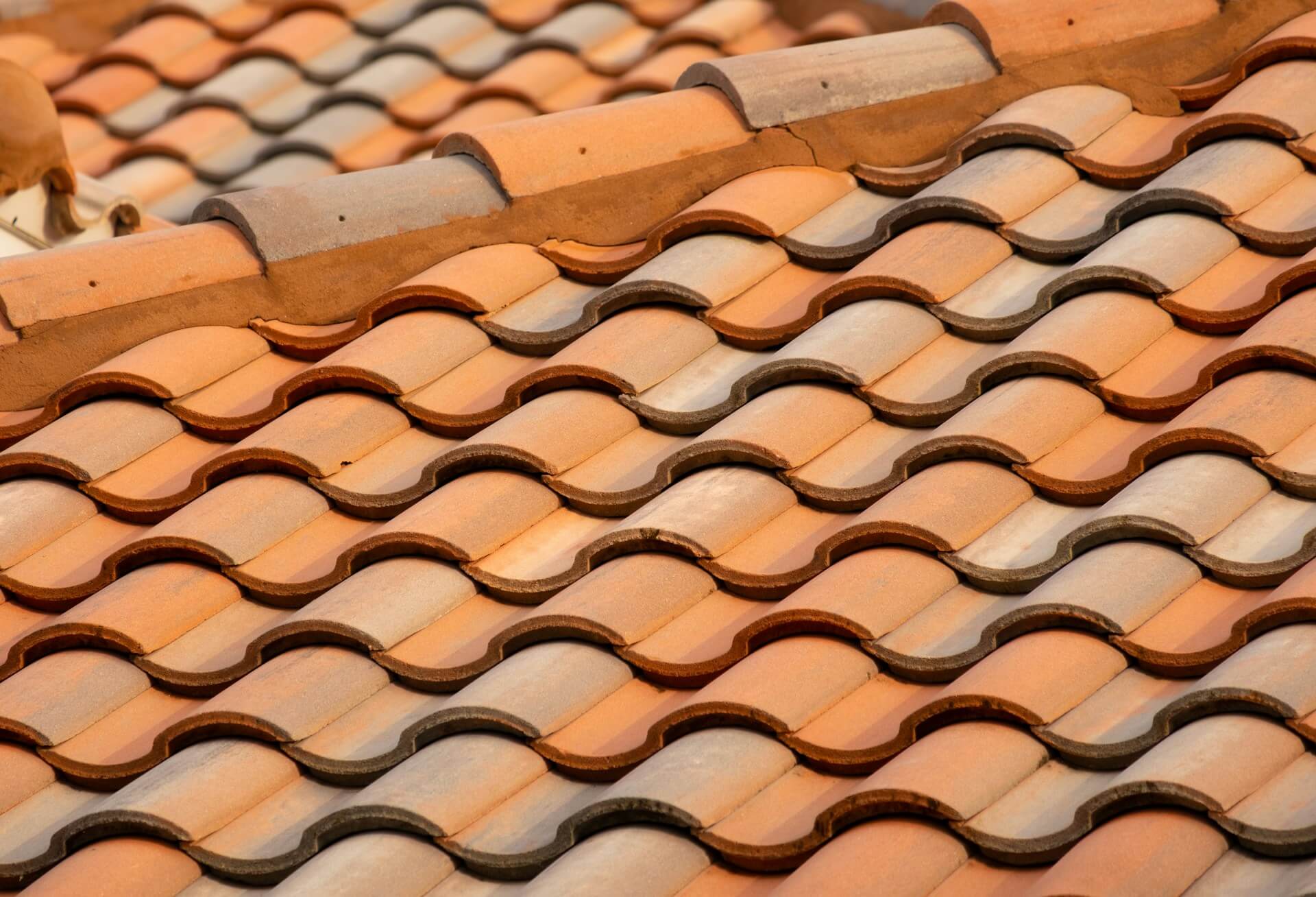Roofing Red Flags:
6 Warning Signs You Should Never Ignore
Your roof is the unsung hero of your home, protecting you and your family from the elements day in and day out. It shields you from rain, snow, wind, and harsh sunlight, keeping your home safe and comfortable. However, like any part of your home, your roof requires regular attention and maintenance to ensure it continues to do its job effectively. Ignoring warning signs of potential roofing problems can lead to costly repairs or even premature roof replacement. In this blog post, we'll discuss six roofing red flags that you should never ignore.

Understanding the Importance of Thickness in Roof Sheathing
The thickness of roof sheathing plays a crucial role in the overall durability and structural integrity of a roof. Typically, roof sheathing comes in various thicknesses, commonly ranging from 1/2 inch to 3/4 inch, with some specialty options available as well. The choice of thickness for roof sheathing depends on factors such as the roofing material, local building codes, and the design of the roof itself. Thicker sheathing provides more strength and support, especially in areas prone to high winds, heavy snow loads, or frequent foot traffic for maintenance. It also helps reduce the risk of sagging or bowing over time, ensuring a longer lifespan for the roof. Additionally, thicker sheathing can contribute to better insulation and energy efficiency by creating a more robust barrier against heat transfer and outside elements.
Leaks and Water Damage
One of the most obvious signs that your roof is in trouble is water leaking into your home. If you notice water stains on your ceiling or walls, it's crucial to investigate the source of the leak immediately. Leaks can occur for a variety of reasons, including damaged shingles, clogged gutters, or deteriorating flashing. Ignoring leaks can lead to extensive water damage, mold growth, and structural issues within your home.
Missing or Damaged Shingles
Your roof's shingles are its primary defense against harsh weather conditions. When shingles are missing, cracked, curled, or damaged, your roof becomes susceptible to leaks and water damage. It's crucial to promptly address any signs of shingle issues to prevent further deterioration of your roof's structure. Ignoring damaged shingles can lead to more extensive damage, potentially requiring costly repairs or even a complete roof replacement. By taking swift action to repair or replace damaged shingles, you not only protect your home's integrity but also save yourself from the financial burden of extensive roofing repairs in the future. Don't overlook the importance of maintaining your roof's shingles; they are your home's frontline defense against the elements.
Sagging or Bowing Roof
A sagging or bowing roof signals significant structural concerns and should be addressed immediately. These signs may point to underlying issues like rotting or weakened support beams. Heavy snow loads can also cause roofs to sag. Neglecting this problem can result in a roof collapse, leading to extensive interior damage to your home. Don't underestimate the importance of promptly addressing a sagging roof, as timely intervention can prevent further deterioration and ensure the safety and integrity of your property.
Granules in Gutters
Asphalt shingles are designed with protective granules that shield them from the damaging effects of UV rays and weather conditions. However, these granules can gradually wear off, particularly on older roofs. If you observe a significant accumulation of granules in your gutters or near your home's foundation, it may signal that your roof is approaching the end of its usable life. Ignoring granule loss can accelerate shingle deterioration, leaving your roof vulnerable to leaks and water damage. Addressing granule loss promptly through roof inspections and maintenance can extend the lifespan of your roof and prevent costly repairs down the road. Don't overlook the importance of granules in preserving the integrity of your roofing system.
Algae or Moss Growth
Algae or moss growth on your roof may seem harmless at first, but it can cause significant damage if left unchecked. Algae and moss can trap moisture against your roof's surface, leading to shingle decay and rot. Additionally, the presence of algae or moss can make your roof more susceptible to leaks and water damage. Ignoring this issue can result in costly repairs and a shortened roof lifespan.
In conclusion, your roof is a critical component of your home's structure and should not be overlooked when it comes to maintenance and repairs. By being aware of these six roofing red flags and addressing them promptly, you can protect your home from costly damage and ensure your roof continues to perform its job effectively for years to come. Remember, it's always better to address potential roofing issues early on rather than wait for them to escalate into more significant problems.
